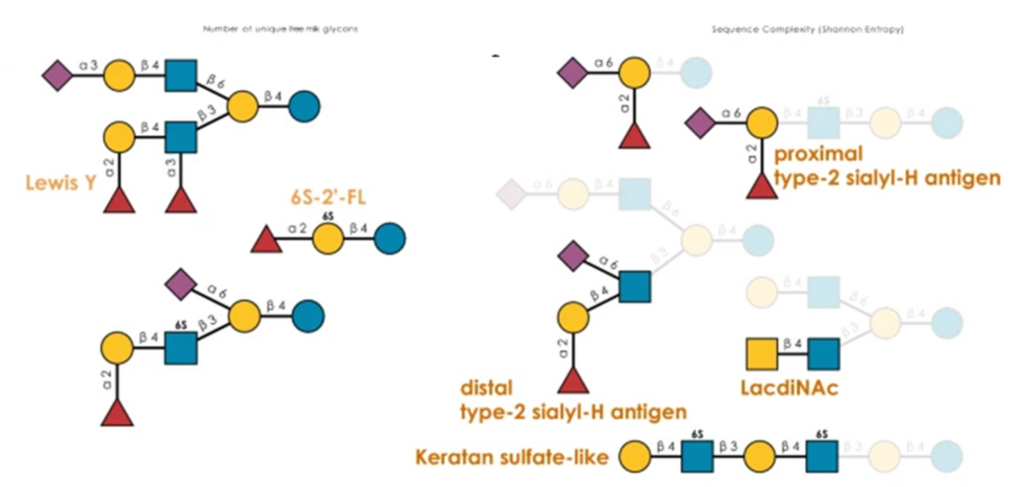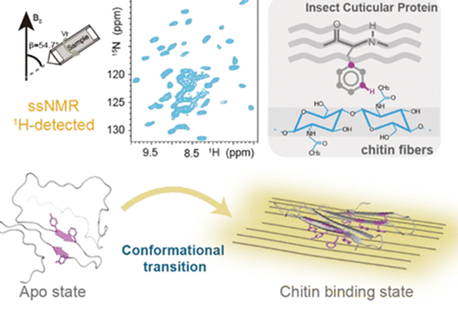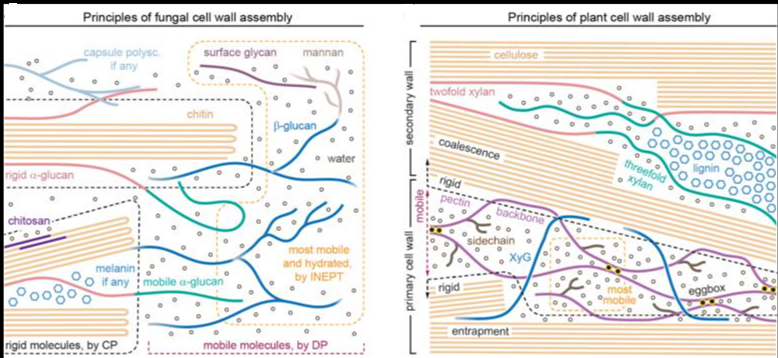The Kuiper Belt object (KBO) Arrokoth orbits the Sun as part of the Kuiper belt of objects beyond the planet Neptune. It is the farthest object in the Solar System ever visited by a spacecraft. Arrokoth possesses a distinctive reddish surface and is characterized by pronounced spectroscopic features associated with methanol. Apart from looking like a flattened snowman, with a head and body 15 and 21 km, Arrokoth’s most distinctive feature is its reddish feature, which also occurs in a few other KBOs. When flew past Arrokoth in 2019, New Horizons detected abundant frozen methanol. However, the fundamental processes by which methanol ices are converted into reddish, complex organic molecules on Arrokoth’s surface have remained elusive. By combining laboratory simulation experiments with a spectroscopic characterization of methanol ices exposed to proxies of galactic cosmic rays (GCRs), the authors found that the surface exposure of methanol ices at 40 K can replicate the color slopes of Arrokoth. In addition, polycyclic aromatic hydrocarbons (PAHs) with up to six ring units (13C22H12) were also observed. These sugars and their derivatives, along with PAHs connected by unsaturated linkers, represent key molecules rationalizing the reddish appearance of Arrokoth. The formation of abundant sugar-related molecules dubs Arrokoth as a sugar world. It provides a plausible abiotic preparation route for a key class of bio-relevant molecules on the surface of KBOs prior to their delivery to prebiotic Earth.

The New Horizons mission to the Kuiper Belt, a vast region beyond the orbit of Neptune at 30 AU (astronomical unit) to about 50 AU from the Sun—has and is revolutionized our understanding of the origin and evolution of the Solar System. The New Horizons spacecraft has explored the contact binary Arrokoth (2014 MU69)—the farthest object in the Solar System ever visited by a spacecraft—uncovering extraordinary geological features such as troughs and hills, as well as a reddish appearance with color slopes.




